Command Palette
Search for a command to run...
Xi'an Funeral Home Introduces 3D Printing Technology to Restore the Remains of the Deceased
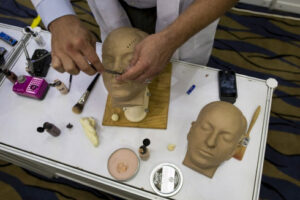
During the Qingming Festival, let us pay attention to the technological development of the funeral industry. This year, Xi'an Funeral Home introduced AI and full-color 3D printing technology to carry out the restoration of remains, achieving better results.
Qingming Festival is an important festival to remember deceased relatives and friends. When facing death, the four words "the deceased is the greatest" best summarize the traditional Chinese culture with "loyalty and filial piety" as its core.
Funerals have a professional and tedious process according to different customs and habits. One of the most important links is the farewell ceremony for relatives and friends to mourn the deceased together, which is also the last chance for the living to see the deceased.
The deceased who have been taken away by accidents, disasters, etc. may have severe facial damage or deformation and need a body plastic surgeon to perform facial reshaping and repair based on the deceased's image during his or her lifetime, so that the deceased can leave in a more dignified manner.
At the beginning of this year, the Xi'an Funeral Home introduced artificial intelligence and 3D printing technology to carry out this rather special work, making the process more humane.
AI modeling + 3D printing, highly restore the face of the deceased
Body cosmetic surgery is the restoration, shaping and beautification of the deceased's body, which is an important part of the funeral ceremony. This work not only requires the practitioners to have strong psychological qualities, but also has a high work intensity.
According to Wang Yong, a cosmetic surgeon from the funeral home's cosmetic surgery team, traditional body restoration is mainly done through manual operations, including suturing, shaping and makeup for bodies that are more severely damaged.
There are some bodies that were severely damaged by the accident.It is necessary to use materials such as plasticine, plaster, and clay for suturing, filling, and fixing.Sometimes, the suturing process takes more than ten hours and is very labor-intensive.
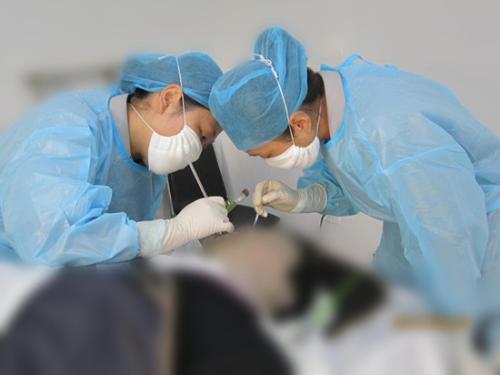
Of course, this work is meticulous and complex, and requires high technical skills. In some cases, plastic surgeons need to reshape the face of the deceased based on photos alone, just like sculpture, which requires extremely high aesthetic and manual skills.
Normally, the entire process of manual restoration of the remains takes 3-7 days.The restoration effect varies depending on the personal technical ability of the plastic surgeon, and sometimes the results are unsatisfactory, with the similarity generally only reaching about 60%.
Earlier this year, Xi'an Funeral Home introduced the most advanced full-color 3D printing technology to provide the deceased with a better appearance and restoration, achieving twice the result with half the effort.
first,Through three-dimensional reconstruction using dedicated AI rendering software, a 3D electronic model of the deceased's face can be created within 1 hour.
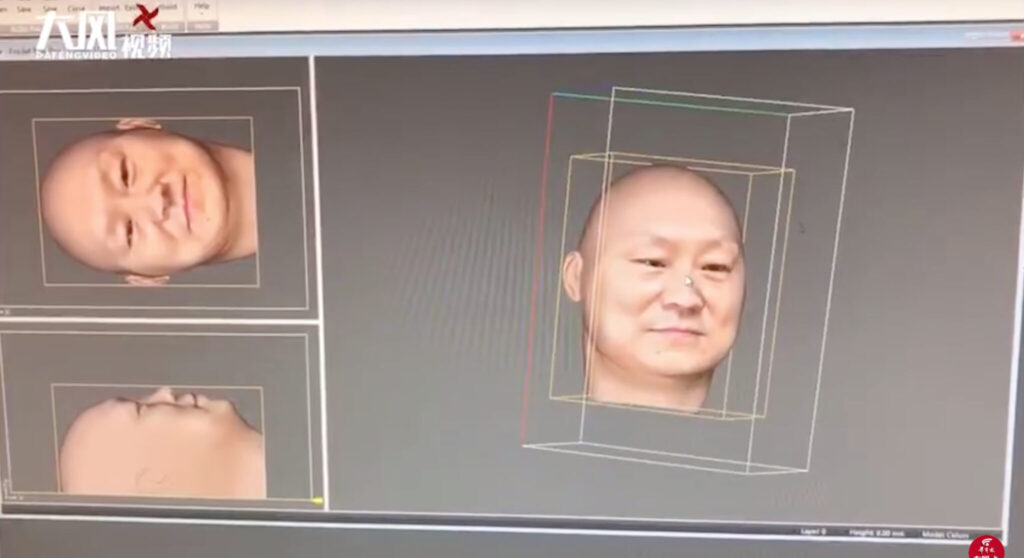
Next, physical printing and post-processing took 20 hours. Therefore, the entire process can be completed within 24 hours.
The similarity of artificial cosmetic surgery varies due to different techniques, but the cosmetic surgery models of corpses obtained through artificial intelligence assistance and 3D printing have a higher similarity, which can reach above 90%.
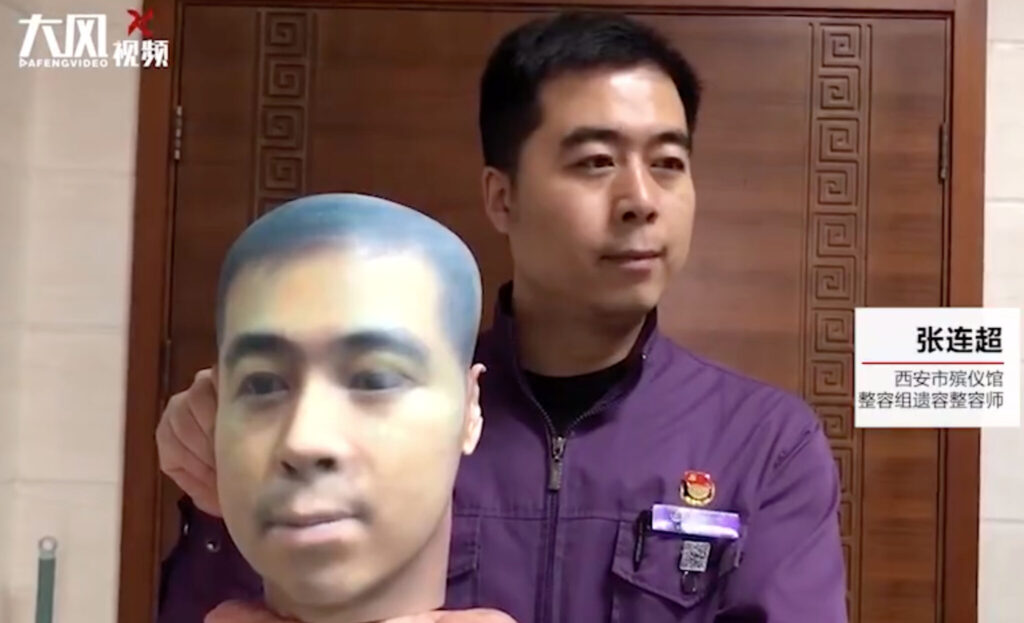
Zhang Lianchao, a cosmetic surgeon, said,3D printing technology assists in body plastic surgery, which is especially suitable for those who have passed away due to accidents such as falls, car accidents, and drowning.For most of the bodies that are severely disfigured or deformed, the frontal similarity can reach above 95% within the range of 68 feature points.
Moreover, the family of the deceased only needs a frontal headshot with clear facial features and outlines. Of course, providing 3-5 other photos will be more conducive to improving the similarity of the model.
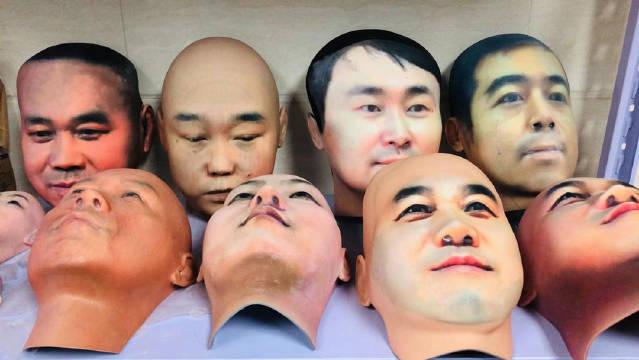
Let the living be comforted and the dead be at peace
The first cosmetic surgeons appeared in Japan and later in China. This profession is very demanding, and they have to bear huge psychological pressure from contacting all kinds of dead people every day. In daily social activities, they may avoid talking about their profession and work location.
During the restoration work, in cases where the facial damage is more serious, the plastic surgeon needs to complete the facial reshaping of the deceased based only on flat photos, which is also very demanding on his or her skills.
With the help of modern technology, it not only helps them greatly improve the results and reduce the workload, but also is beneficial to the health, safety and mental health of corpse arrangers.
"Death is not the end of life, being forgotten is." Restoration of the remains allows the deceased to exist more beautifully and completely in the memories of the living.
Letting the deceased say goodbye with the best appearance, leaving their last face peacefully and decently, and letting relatives and friends bid farewell to the deceased with comfort and peace of mind is also the best interpretation of Tech for good.

News Source:
http://news.hsw.cn/system/2021/0401/1309628.shtml